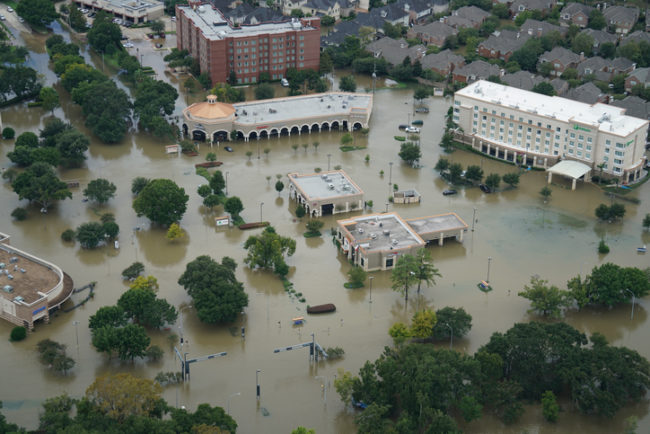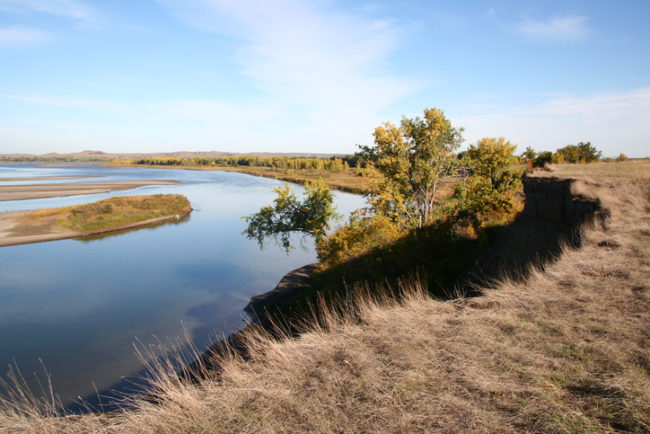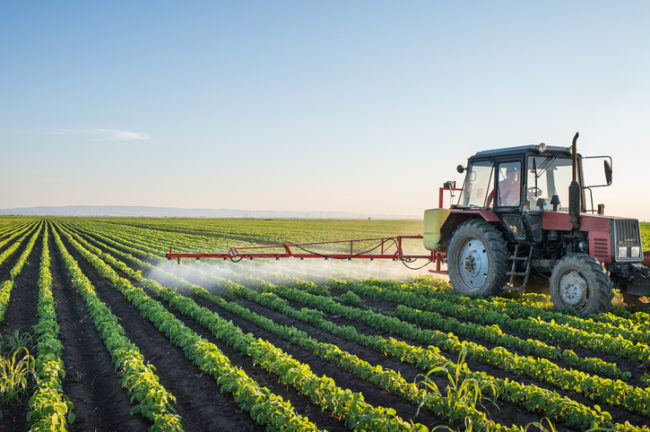Hurricane Harvey has decimated the great city of Houston, displacing residents from their homes — and in many cases — destroying homes, investments, and in some scenarios, taking the life of a loved one. It will take billions of dollars to repair Harvey’s destruction, and many people will never replace what the hurricane took. Even with that, the event has more bad news. Not only did Harvey destroy property, and in some instances take human life, it also has created a toxic environmental nightmare.
Houston’s …
Continue Reading









